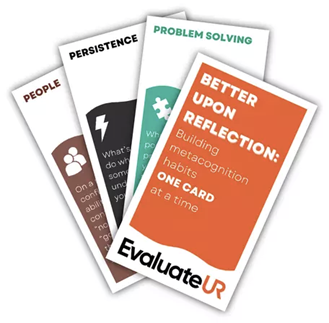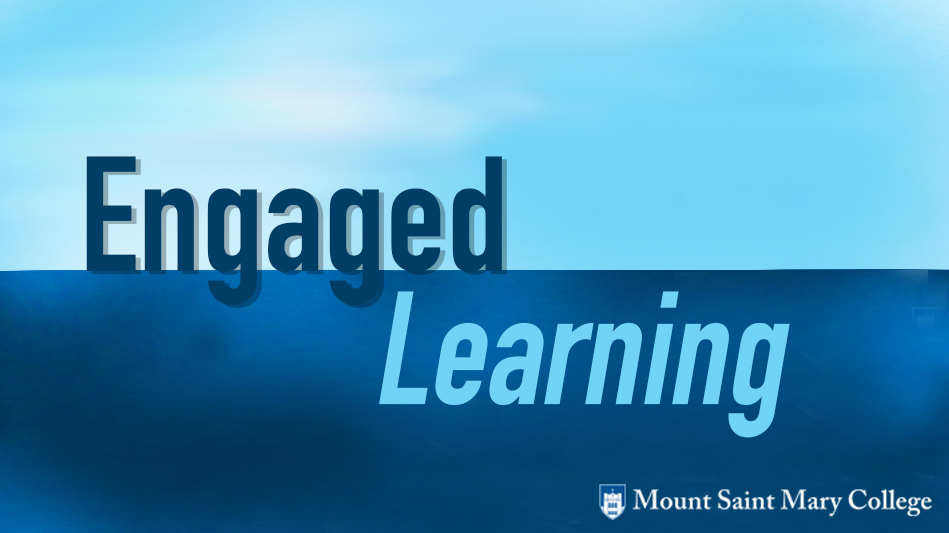| by Derek Martinez, University of New Mexico |
Downloadable |
Motivations and context:
The problem I chose to tackle as a UNM Teaching Fellow was to develop methods for how to teach first semester calculus students to effectively self-test and develop metacognitive skills. One of the biggest issues I have seen over the years is students thinking they understand the material, getting over confident, and then performing horribly on an exam. The practices described below were carried out during the spring 2016 semester in two math 162 (Calculus I) classes.
Method: The two main ways that metacognitive strategies were incorporated into the curriculum were (1) daily “Test Yourself” exercises and (2) exam skills check self-assessments (essentially practice tests) before each exam. The “Test Yourself ” exercises were designed to be a daily reminder to the students that they should not confuse the ability to follow a lecture with the ability to solve a problem on their own. The purpose of the self-assessments was to help students identify where they had gaps in their understanding before taking each exam.
The “Test Yourself” exercises (example attached) were e-mailed to students the night before the lecture and were designed to give students a way to assess whether or not they understood the fundamental concepts of the lecture the following day. For example, if the lecture that day was about rates of change applications, the exercise would focus on an easy-to-medium level example that would test whether or not the students got the fundamental concepts from the section before going on and trying the more challenging homework problems.
Sending the exercises out the night before was effective in getting many students to read ahead in the text, and try to solve parts of the exercises (this was especially true of students who were struggling, or had math anxiety). If a student had solved the exercise before class, they were instructed to bring in a blank exercise and make sure they could duplicate their results without notes. The format for each class was usually lecture for about 40 minutes and then students would work on these exercises (some in groups, some by themselves).
The self-assessments (example attached) were given about five days before each exam. Participation in this was voluntary. I reserved a room outside of class and students took this like an actual exam. I made it clear to the students that the material on these assessments covered the fundamental ideas and basic examples, but were at a lower level of difficulty than the actual exams. The reasoning behind this was to help students pinpoint what core skills they still needed to work on. I graded these assessments just like exams so students could get feedback on their work as well as use of proper notation. To help identify their level of metacognition, at the end of each assessment the students were asked to rank their performance on a scale of 1-5 (5 being best performance). In many cases this ranking followed by actual exam scores provided further evidence to the students that they tended to be overconfident in their preparedness and needed to study more. In the beginning, students tended to over rank their performance but by the final exam assessment, their rankings were more in line with their performance.
Outcomes: Students in my spring 2016 sections had a final exam pass rate of more than 11% higher than all other sections (group graded without me to avoid any possible bias). These students also had a higher final exam pass rate than my fall/spring 2015 students by about 10% (when I did not yet incorporate these activities). The self-assessments seemed to have the biggest measurable impact on student success, as students who took them consistently outscored those who did not by 10 – 20% on the exams. Further, scores on the actual exams were 15 – 65% higher than on the self-assessments. I believe this was due to the fact that they guided and motivated their learning as well as simply scared some students into studying harder.
Lessons learned: “Buy-in” from the beginning is essential. Sharing the data with the students after the first assessment significantly increased the number of students taking the remaining assessments. These were mainly STEM majors so the statistical evidence went a long way with them. It was also crucial to make time throughout the semester to talk about what metacognition is and remind the students why they were doing these exercises.



